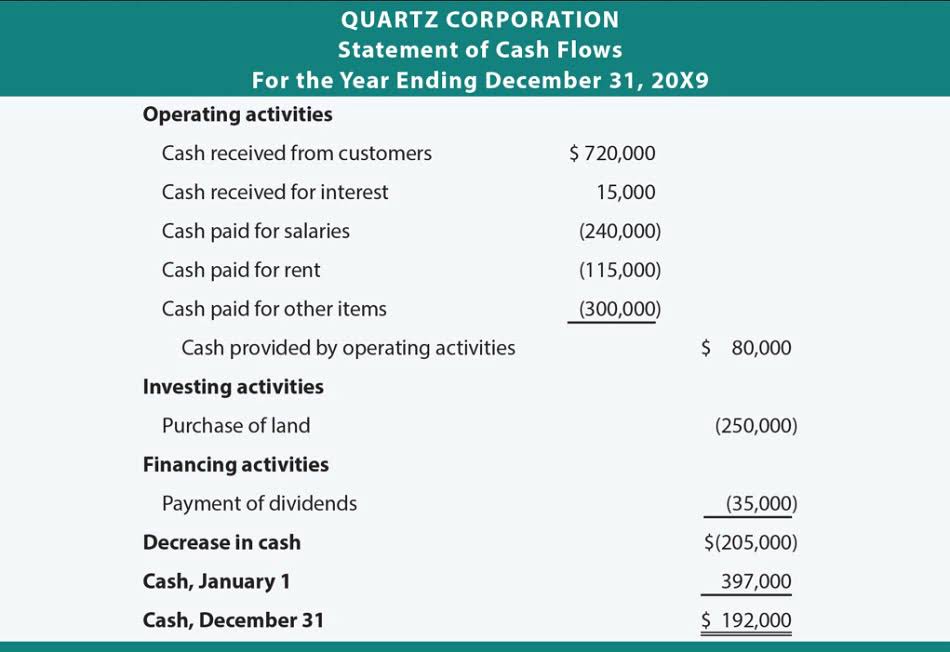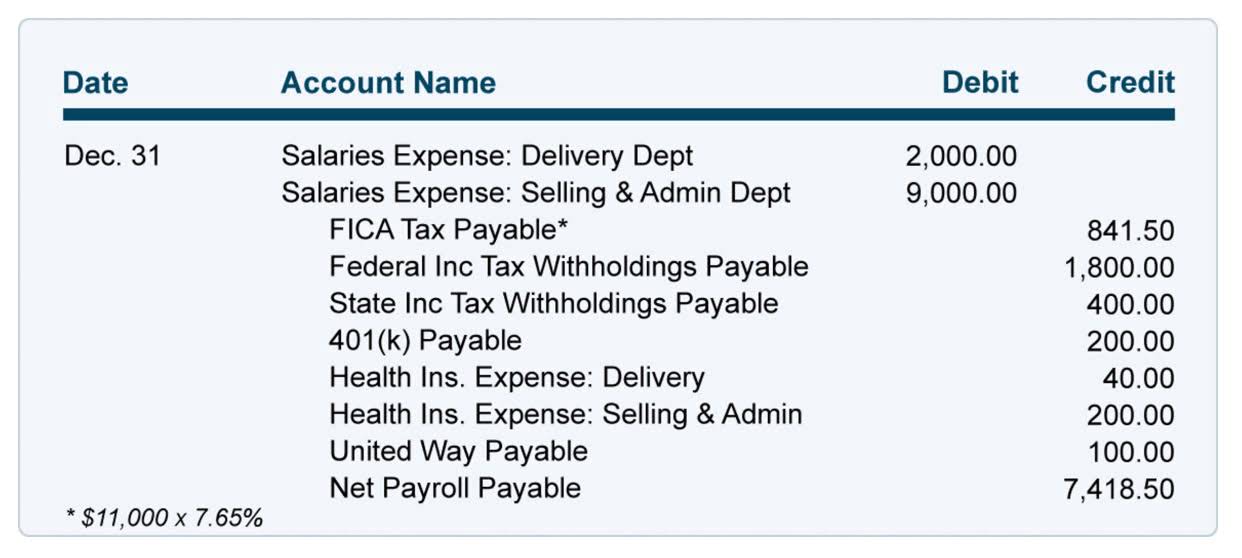
These may include making a certain number of debit card transactions per month or maintaining a particular minimum balance in your account. Make sure you understand the terms of an interest-bearing account before opening one. Liquidity is all about how fast you can turn assets into cash to pay off short-term debts. Look at current assets and current liabilities on the balance sheet to get a sense of a company’s liquidity.
AccountingTools
For bigger companies, the accounts may be divided into several sub-accounts. To ensure an efficient COA structure, it is crucial to establish a consistent and standardized coding system for account numbering and naming conventions. This will enhance the readability and usability of financial reports across all departments and divisions. My Accounting Course is a world-class educational resource developed by experts to simplify accounting, finance, & investment analysis topics, so students and professionals can learn and propel their careers.
Income Statement Analysis
- You can set up at least $500 in monthly direct deposits or maintain a daily balance of at least $500 to waive the fee.
- The chart makes it easy to prepare information for evaluating the financial performance of the company at any given time.
- As a contra revenue account, sales discount will have a debit balance and is subtracted from sales (along with sales returns and allowances) to arrive at net sales.
- Long-Term Liabilities give a picture of the company’s long-term financial commitments.
- To ensure an efficient COA structure, it is crucial to establish a consistent and standardized coding system for account numbering and naming conventions.
- Generally, account numbers consist of digits that represent the various account categories and subcategories.
Think of a balance sheet as a financial selfie of a company at a specific moment. It shows what the company owns, what it owes, and what’s left over for the owners. Separating these accounts from the main ledger removes a large amount of detail and allows different staff to work on different aspects of the accounting records. Let’s now take a look at the T-accounts and unadjusted trial balance for Printing Plus to see how the information is transferred from the T-accounts to the unadjusted trial balance. This is a non-operating or “other” item resulting from the sale of an asset (other than inventory) for more than the amount shown in the company’s accounting records. The gain is the difference between the proceeds from the sale and the carrying amount shown on the company’s books.
Tip 1: Add just the right level of detail

Axos Bank Rewards Checking is an excellent option for most Americans, but many other banks and credit unions offer competitive accounts with features that might better suit your lifestyle. Getting the hang of reading a balance sheet is key to figuring out a company’s financial health. Here are some straightforward tips to help you make sense of balance sheets.
Your Friendly Guide to Understanding an Accounting Balance Sheet Example
To avoid unnecessary posting errors it is important to keep the number of ledger accounts to a minimum. If the rented space was used to manufacture goods, the rent would be part of the cost of the products produced. The balance sheet accounts comprise assets, liabilities, and shareholders equity, and the accounts are broken down further into various subcategories.
Pros and Cons of Checking Accounts
For more in-depth knowledge, check out our accounting 101 book or our accounting notebook for extra resources. Looking at a company’s debt levels helps you understand its long-term stability. Liabilities are split into current (due within a year) and noncurrent (long-term). High long-term debt can be a red flag, especially if the company isn’t making enough money to pay it off. When you’re checking out a balance sheet, keep an eye out for any oddities. Weird numbers can hint at deeper issues with the financials and the business itself.
- This is an owner’s equity account and as such you would expect a credit balance.
- NBKC includes a financial snapshot tool, allowing you to link all of your external accounts and get an overview of where your money goes each month.
- If the final balance in the ledger account (T-account) is a debit balance, you will record the total in the left column of the trial balance.
- Changes – It’s inevitable that you will need to add accounts to your chart in the future, but don’t drastically change the numbering structure and total number of accounts in the future.

As you can see, each account is listed numerically in financial statement order with the number in the first column and the name or description in the second column. Our partners cannot pay us to guarantee favorable reviews of their products or services. Regularly balancing your checking account offers numerous benefits that go beyond just keeping https://www.bookstime.com/blog/insurance-accounting your finances in order. This account is best for those who want to bank digitally, as Alliant Credit Union doesn’t offer any brick-and-mortar branches. It’s also a good fit for you if you want to avoid fees and use the ATM often. Varo doesn’t charge for depositing cash with the Green Dot Reload program, but a $5.95 service fee applies.
- Each month, you prepare a trial balance showing your company’s position.
- Account holders receive a contactless Visa debit card, which comes with zero liability for unauthorized charges.
- There are many ways to separate the general ledger into groups of accounts with common characteristics, these are more fully discussed in our subsidiary ledgers in accounting post.
- This process includes tracking deposits, withdrawals, and any fees to ensure that your account balance is accurate.
- You can then transfer funds from your old account to your new one.
Think of it as a filing cabinet for your business’s accounting system. Ultimately, it helps you make sense of a large pool of data and understand your business’s financial history. Balancing your checking account isn’t a one-time task—it’s a habit that should be maintained regularly. Aim to balance your account at least once a month, or more frequently if you have a lot of transactions. Regular reviews will help you catch any errors or unauthorized transactions early, keeping your finances in check. By regularly balancing your checking account, you can spot discrepancies, catch potential errors, and safeguard against unauthorized transactions.

Enter beginning balances for a client’s Chart of Accounts
- When opening multiple checking accounts, consider the fees you’ll pay for each one.
- For example, if an asset account which is expected to have a debit balance, shows a credit balance, then this is considered to be an abnormal balance.
- Just remember that while you can add an account to the chart at any time throughout the financial year, you should not delete any accounts until the end of an accounting period.
- This numbering system, or coding system, assigns an identification code to each account, making it easier to locate and track different transactions.
- This will enhance the readability and usability of financial reports across all departments and divisions.
On one hand, keeping the number of accounts to a minimum will make the accounting system more straightforward to use. In addition to the universal general accounts that are prevalent in most entities, each entity will include certain accounts that are particular to its industry sector. The chart of accounts is as large and complex as the entity list of accounts and their balances itself. Instead, each entity has the flexibility to customize its accounts chart to fit the specific individual needs of the business. Nevertheless, the exact structure of the chart of accounts is the reflection on the individual needs of each entity. Shaun Conrad is a Certified Public Accountant and CPA exam expert with a passion for teaching.

